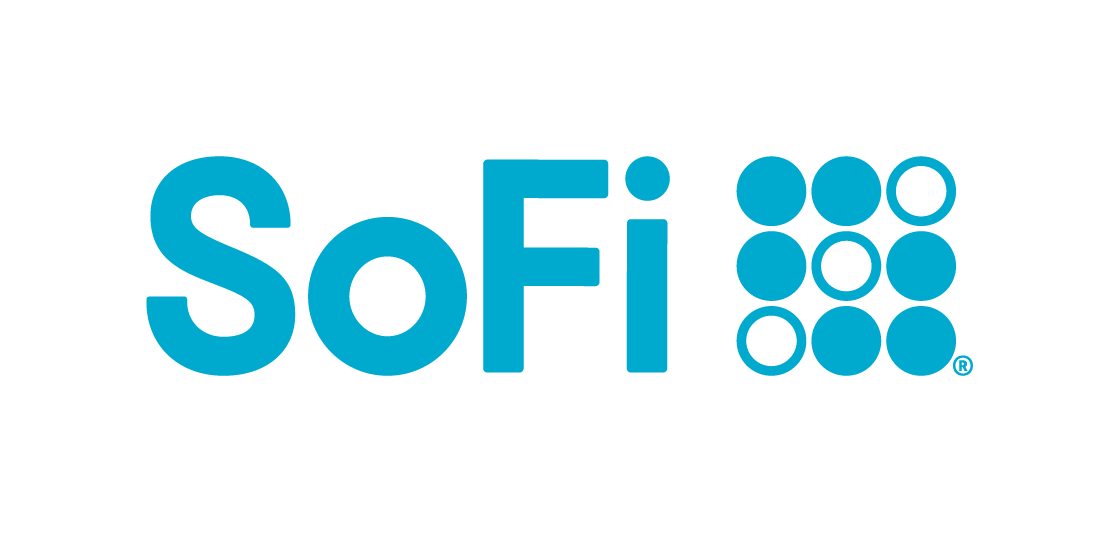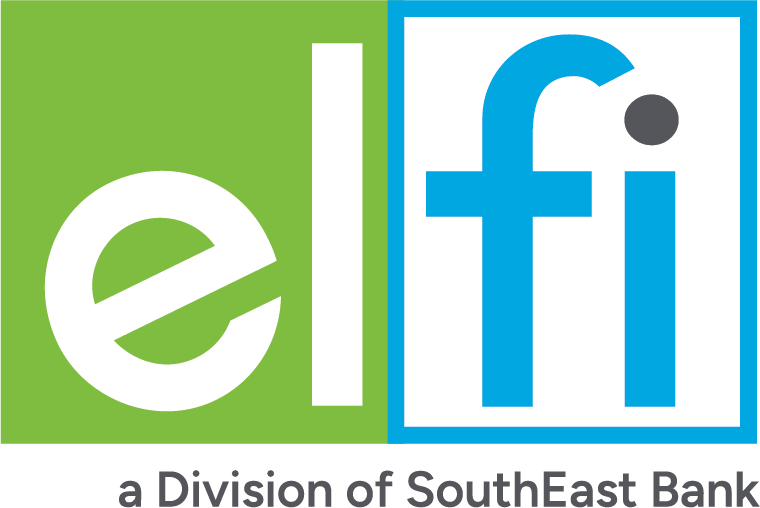3 Ways to Lower Your Student Loan Interest Rate
Refinancing and lender discounts can lower the interest rate on your student loans.

Many, or all, of the products featured on this page are from our advertising partners who compensate us when you take certain actions on our website or click to take an action on their website. However, this does not influence our evaluations. Our opinions are our own. Here is a list of our partners and here's how we make money.
A lower student loan interest rate could reduce your monthly payments, which could help you pay off student loans faster. Here’s how to lower the interest rate on federal or private student loans.
1. Refinance student loans
When you refinance, you trade your existing loans for a new private loan, ideally with a lower interest rate. Your new lender will pay off your old lenders, and you’ll make payments to the new one going forward.
To qualify for student loan refinancing, you typically need:
Good to excellent credit. You’ll need a score that’s at least in the high 600s, or a co-signer with good credit. The higher your — or your co-signer’s — score, the lower the interest rate you’ll qualify for.
Comfortable cash flow. You'll need enough income to afford your student loan payments and other bills, like rent and credit cards, without feeling too squeezed.
The better your financial situation, the lower the interest rate you'll likely be offered. Lower rates also usually come with shorter repayment terms — the minimum most lenders provide is five years — and variable rate student loans.
If you’re ready to refinance, compare student loan refinance companies to find the lowest rate you qualify for. Refinancing isn’t a good option if you want to pursue Public Service Loan Forgiveness or make lower payments through an income-driven repayment plan — you’ll lose access to those programs if you refinance federal student loans.
How much interest could you save?
Note: This calculator assumes that after you refinance, you’ll make minimum monthly payments.
Step 4: Compare NerdWallet's top-rated student loan refi lenders.
| Lender | Fixed APR | Min. credit score | Variable APR | |
|---|---|---|---|---|
Earnest Student Loan Refinance on Earnest's website | 4.45-
9.89% | 650 | 5.88-
9.99% | on Earnest's website |
 SoFi Student Loan Refinancing on SoFi®'s website | 4.49-
9.99% | 650 | 5.99-
9.99% | on SoFi®'s website |
LendKey Student Loan Refinance | 4.89-
9.04% | 680 | 5.54-
9.12% | on LendKey's website on Credible's website |
 ELFI Student Loan Refinance | 4.88-
8.44% | 680 | 4.86-
8.24% | on ELFI's website on Credible's website |
 Splash Financial Student Loan Refinance | 4.99-
8.83% | 650 | 5.99-
8.86% | Read review |
2. Automate your payments
Refinancing is the main way to lower your interest rate, but you can also save by signing up for autopay — even if you don’t refinance.
Federal loans and many private lenders offer a 0.25% interest rate discount when you sign up to have your payments automatically deducted from your bank account. It’s sometimes called an ACH discount, which stands for automated clearing house. Contact your servicer to find out if the discount is available for your loans.
Another benefit of autopay: It can ensure you don't accidentally miss a payment. Just check that you have enough in your bank account each month to avoid getting hit with overdraft fees.
3. Snag a loyalty discount
Some lenders offer loyalty discounts in addition to the ACH discount. You typically need to have an eligible account with the lender at the time you receive your loan to qualify.
For example, SoFi discounts rates by 0.125% for its members who previously borrowed from them.
Fractions of a percentage point may not sound like much, but these discounts can add up. On $30,000 of debt with a 6% interest rate, saving 0.25% in interest means you’d pocket $450 over 10 years. If you got a 0.50% rate reduction on the same loan by snagging the ACH discount and a loyalty discount, you’d save almost $900 over 10 years.
Can’t get a lower rate? Don't panic
Refinancing isn’t for everyone, and a 0.25% discount goes only so far. But there are other ways to save on interest.
Prioritize high-interest student debt. If you’re tackling your student loans aggressively, direct your extra payments to those with the highest interest rate. But don’t neglect your other loans; pay the minimum amount due on all of your debt each month to avoid defaulting.
Stick to the standard repayment plan. You’ll be done paying your loan — and the interest — after 10 years if you stick to the standard federal repayment plan. While income-driven plans may sound appealing because they can lower your monthly payment, they also increase the total amount of interest you pay.
Pay off your loan faster. This one’s easier said than done. But if you rework your budget or get a side hustle, you can pay off your student loans early and save on interest in the process. If you pay more than the minimum payment, ask your lender or federal student loan servicer to apply the extra payments to your current balance instead of your next payment.

